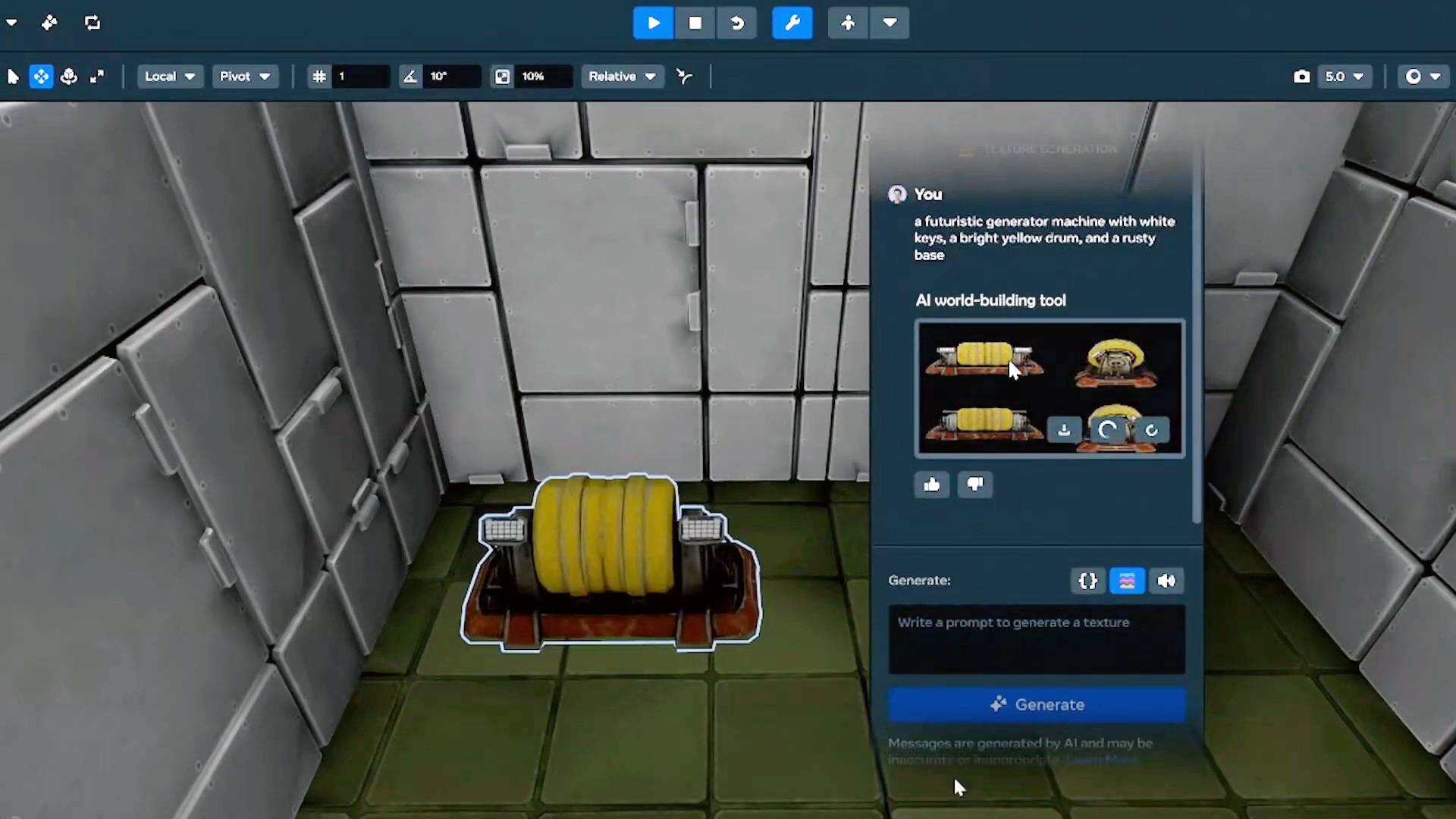CADRE’s Three Adorable Rovers Are Going to the Moon
Dubbed CADRE, a trio of lunar rovers are set to demonstrate an autonomous exploration capability on the Moon. An exciting Moon mission launching in the next year will perform a first, deploying multiple rovers. These will talk to each other and a remote base station, demonstrating an autonomous exploration capability. The three Cooperative Autonomous Distributed … Continue reading "CADRE’s Three Adorable Rovers Are Going to the Moon" The post CADRE’s Three Adorable Rovers Are Going to the Moon appeared first on Universe Today.

Dubbed CADRE, a trio of lunar rovers are set to demonstrate an autonomous exploration capability on the Moon.
An exciting Moon mission launching in the next year will perform a first, deploying multiple rovers. These will talk to each other and a remote base station, demonstrating an autonomous exploration capability.
The three Cooperative Autonomous Distributed Robotic Exploration (CADRE) rovers were recently packaged and shipped from their home at NASA’s Jet Propulsion Laboratory in Pasadena, California. Each about the size of a small suitcase, the CADRE rovers will launch from LC-39A at the Kennedy Space Center in Florida on a SpaceX Falcon-9 rocket with Intuitive Machines’ IM-3 mission in late 2025 or early 2026. The ultimate destination is the enigmatic Reiner Gamma region in the Oceanus Procellarum (Ocean of Storms) region on the lunar nearside.
Robotic lunar rovers go all the way back to the late Soviet Union’s Lunokod-1 rover on the Luna 17 mission in 1970. CADRE, however, will demonstrate that three rovers can work in unison for lunar exploration. This sort of rover network could come in handy, allowing astronaut controllers to one day explore regions too dangerous to venture into.

A Robotic Lunar Trio
To this end, the Nova-C lander will lower the solar-powered rovers to the surface shortly after touchdown. Engineers equipped each rover with cameras and ground-penetrating radars for exploration. Controllers expect the rovers to last two weeks (14 days) on the surface, from local sunrise to sunset.
“Our small team worked incredibly hard constructing these robots and putting them to the test,” says Coleman Richdale (NASA-JPL) in a recent press release. “We are all genuinely thrilled to be taking this next step in our journey to the Moon, and we can’t wait to see the lunar surface through CADRE’s eyes.”
This will mark Intuitive Machines’ third delivery to the lunar surface. Part of NASA’s CLPS (Commercial Lunar Payload Services) initiative, The company’s IM-1 mission and Nova-C lander Odysseus made an askew landing at the Malapert A crater early last year. The company will make another attempt with the launch of IM-2 next week on February 26th. The mission will carry NASA’s PRIME-1 (Polar Resources and Ice Mining Experiment) with The Regolith and Ice Drill for Exploring New Terrain (TRIDENT) 1-meter drill. The mission is headed to the Shackleton connecting ridge site in the lunar South Pole region.

Meanwhile, another CLPS mission, Firefly Aerospace’s Blue Ghost will land on the Moon on March 2nd.
The Reiner Gamma landing site is a high priority target for exploration. Astronomers recognize the feature as one of the best known examples of a ‘lunar swirl’. It’s also a known site for localized magnetic anomalies. What causes swirls on the lunar surface isn’t entirely clear. They definitely stand out in stark contrast to the typical pockmarked, cratered surface of the Moon.

What Else is Aboard IM-3?
In addition to CADRE, several other experiments are hitching a rideshare trip to the Moon aboard IM-3. These include Lunar Vertex (LVx), a joint lander-rover also looking to explore the magnetic anomalies of Reiner Gamma, and the Korea Astronomy Space Science Institute (KASI)’s Lunar Space Environment Monitor (LUSEM) which will monitor the near-surface space environment on the Moon. Also on board is a pointing actuator experiment for the European Space Agency’s MoonLIGHT network. This is a precursor to the agency’s Lunar Geophysical Network for laser ranging and pinpoint measurements.

The Moon is about to become a busy place. It’ll be exciting to see CADRE and other missions resume lunar exploration in the coming years.
The post CADRE’s Three Adorable Rovers Are Going to the Moon appeared first on Universe Today.













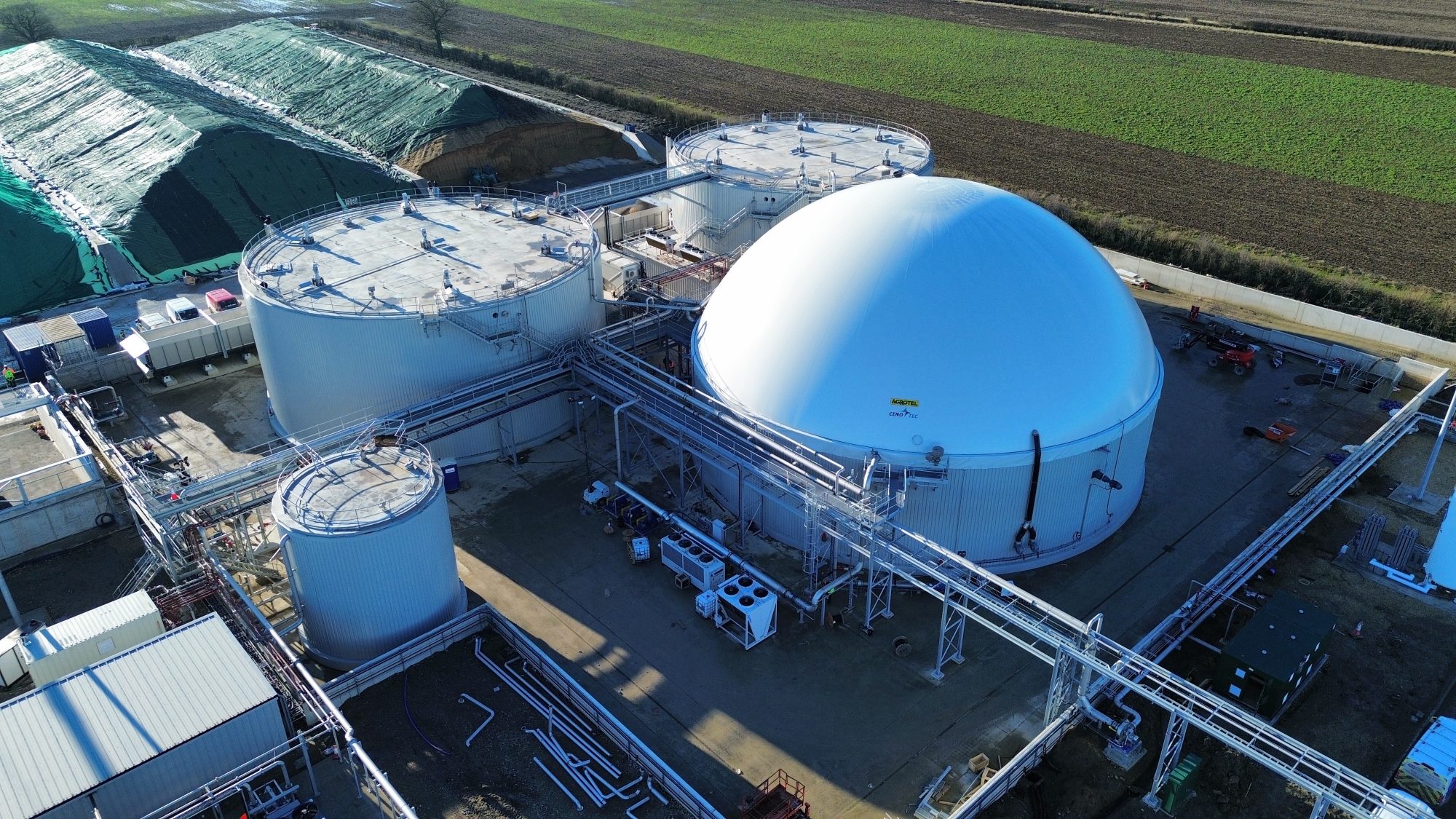


















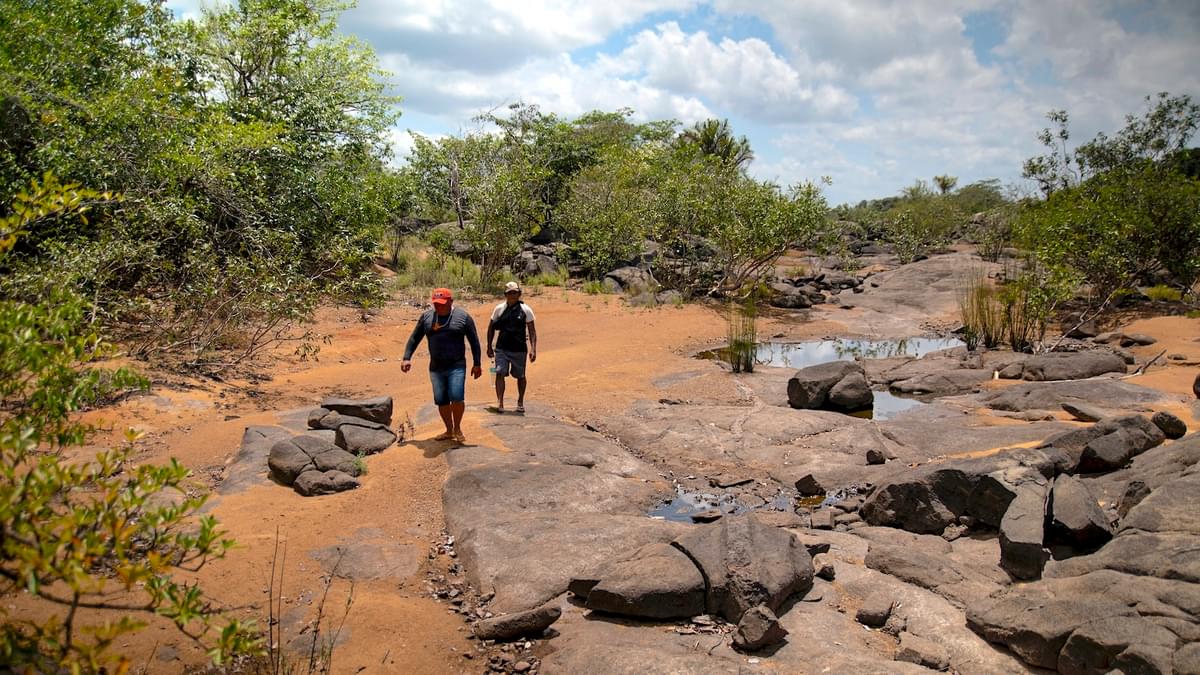

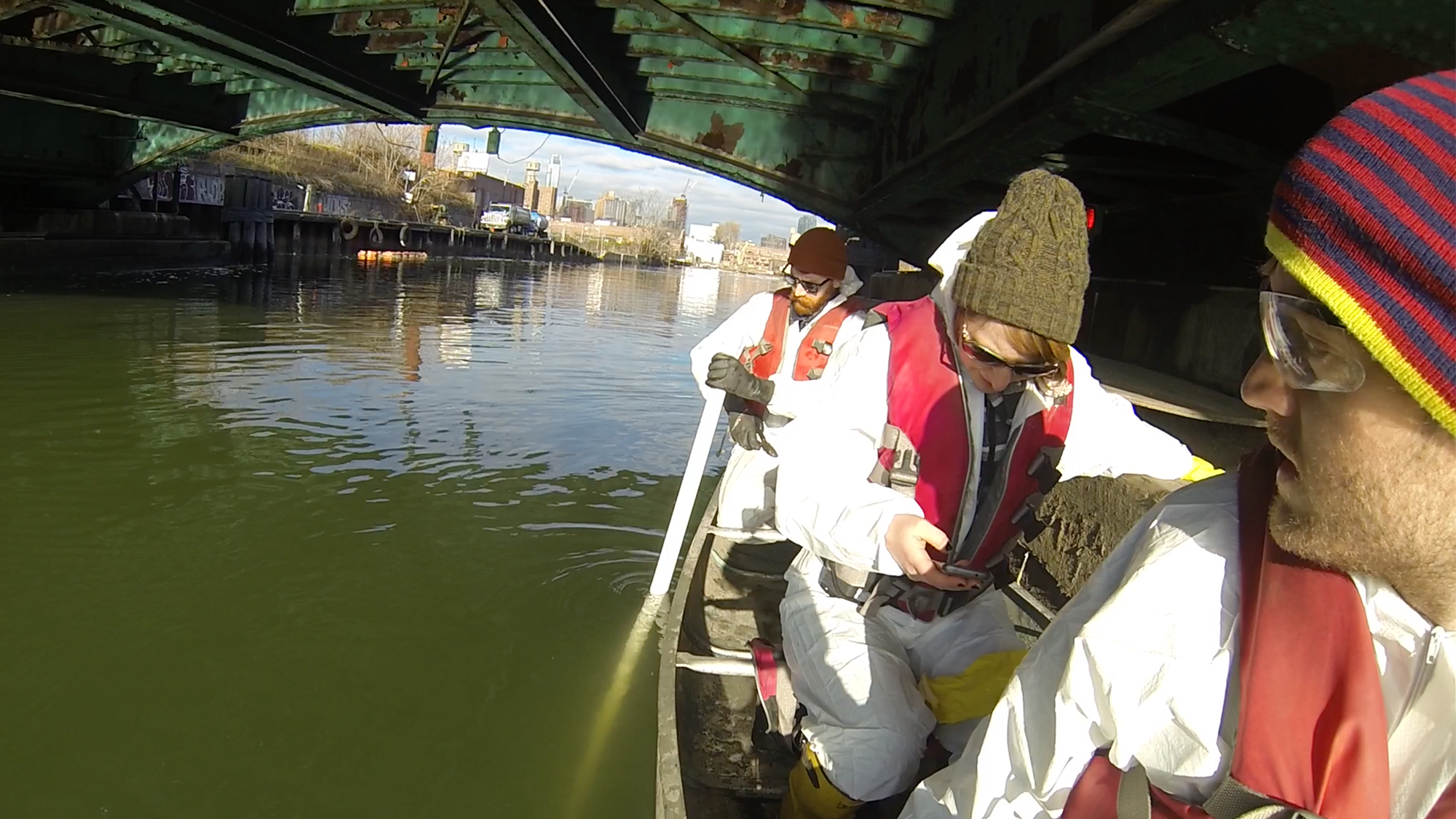






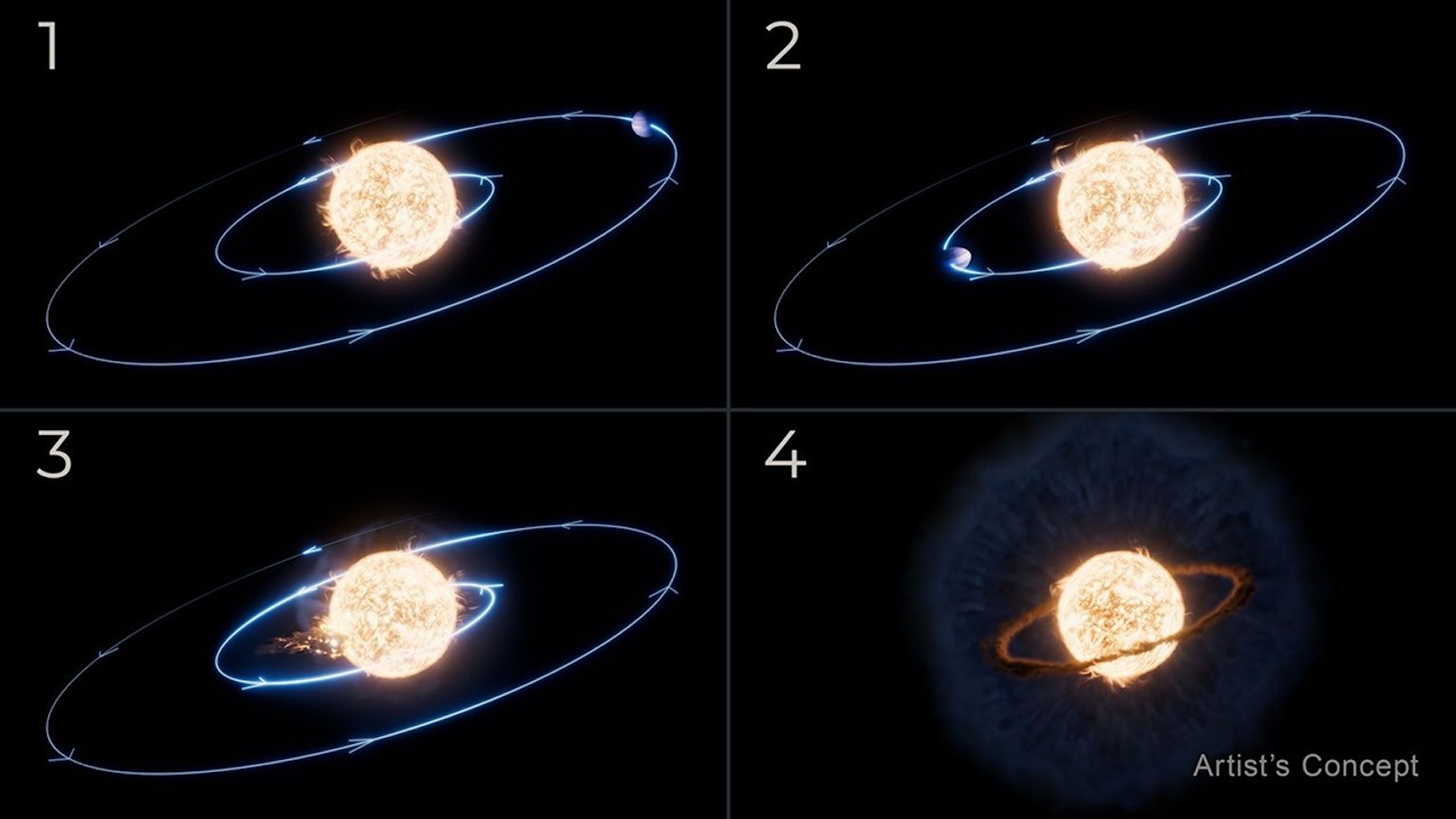


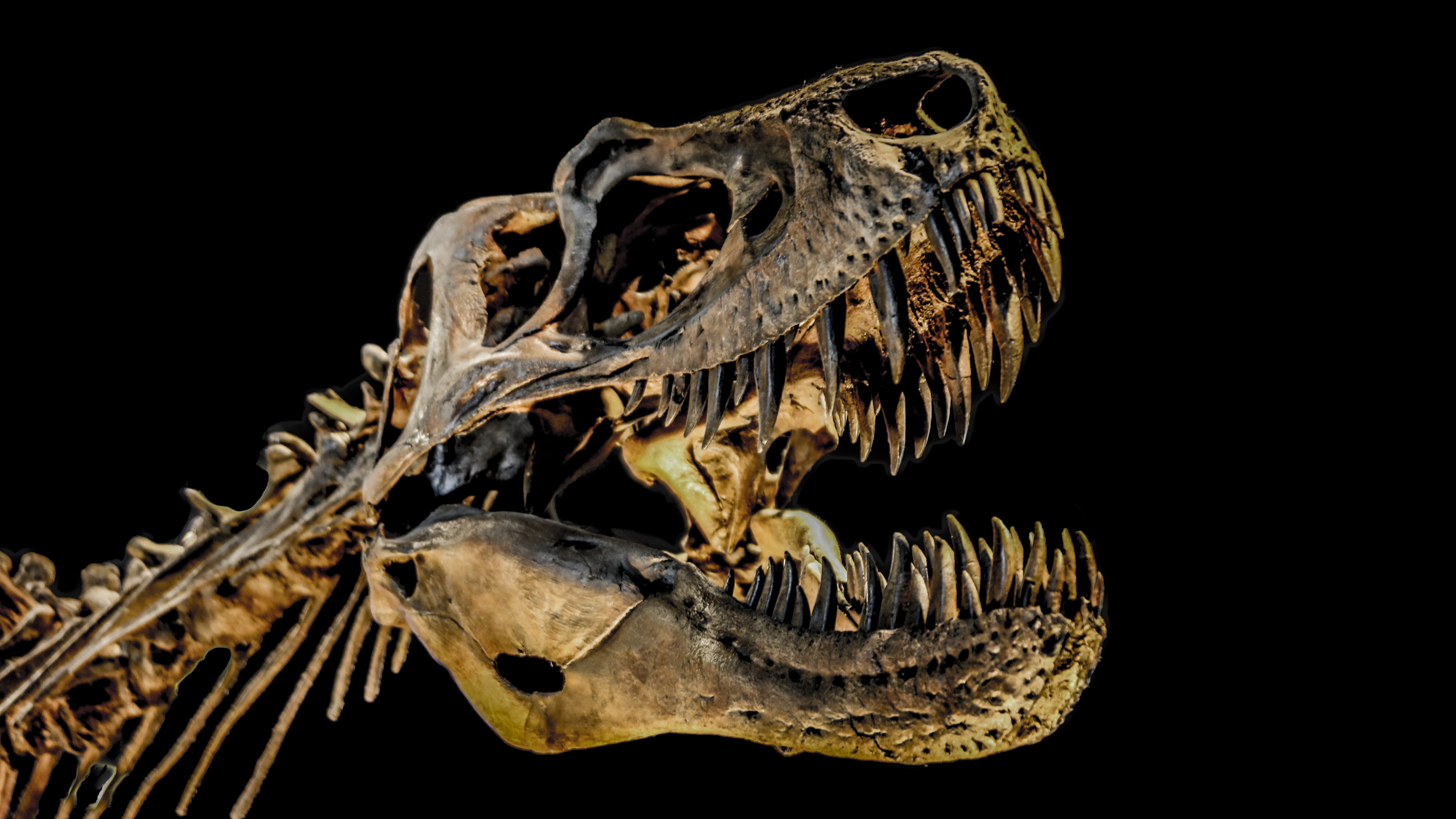


























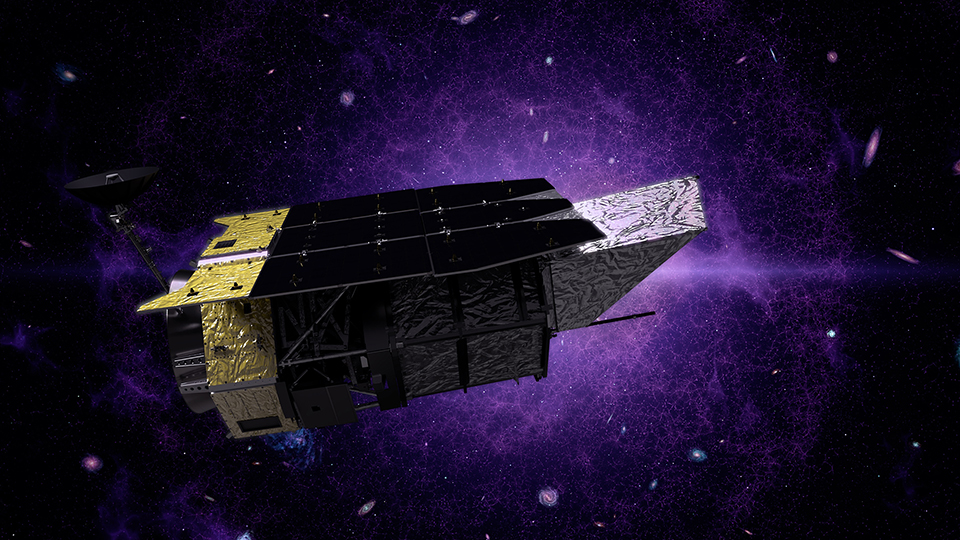




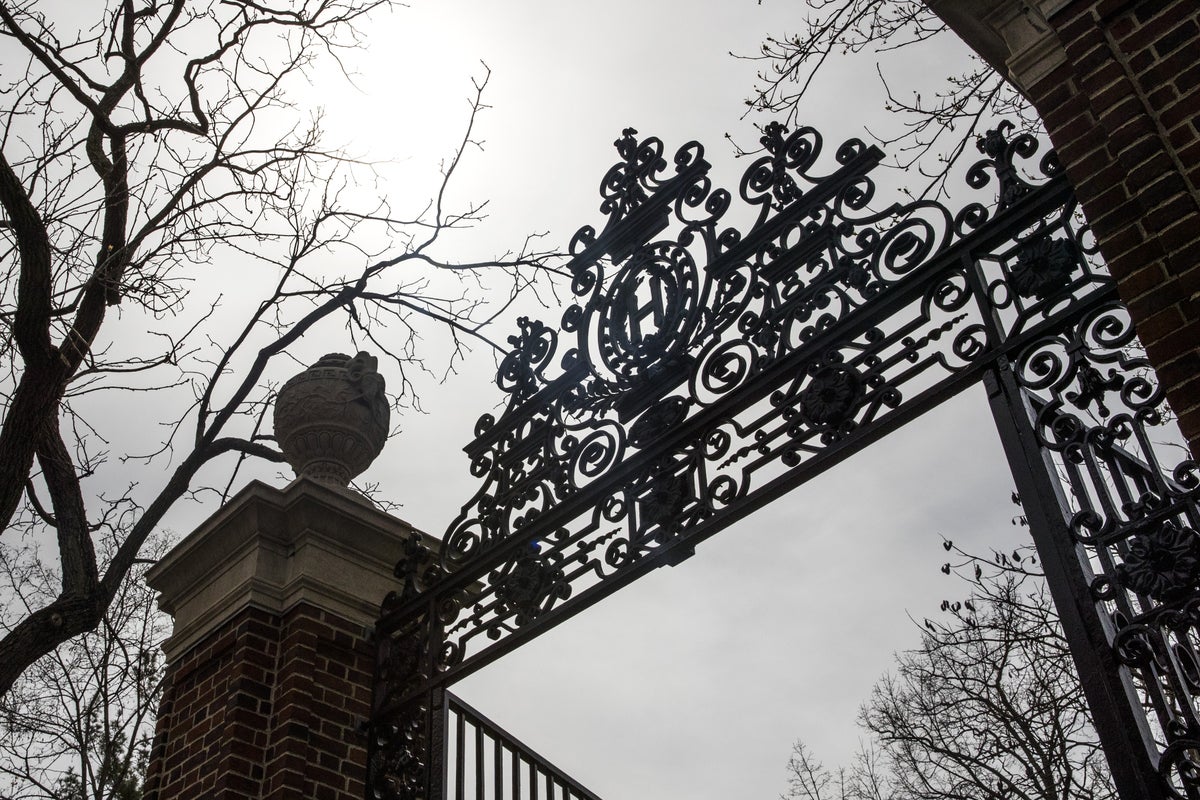
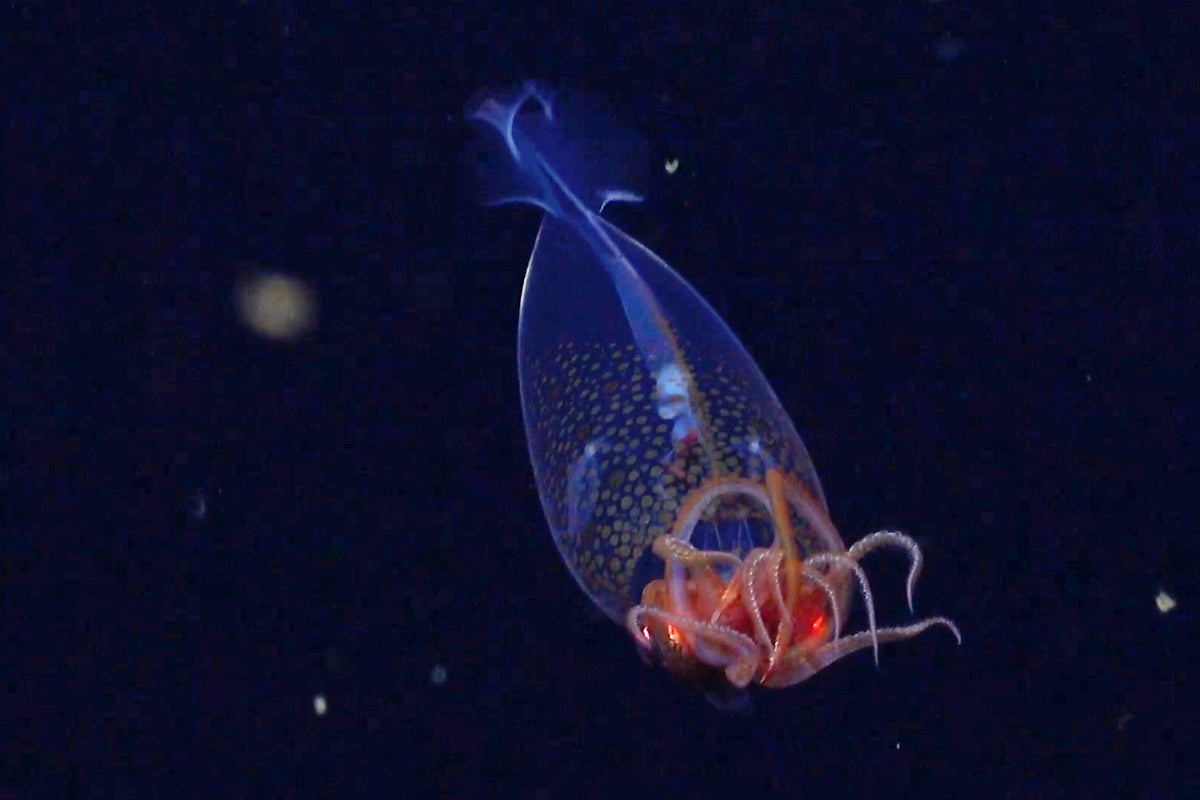




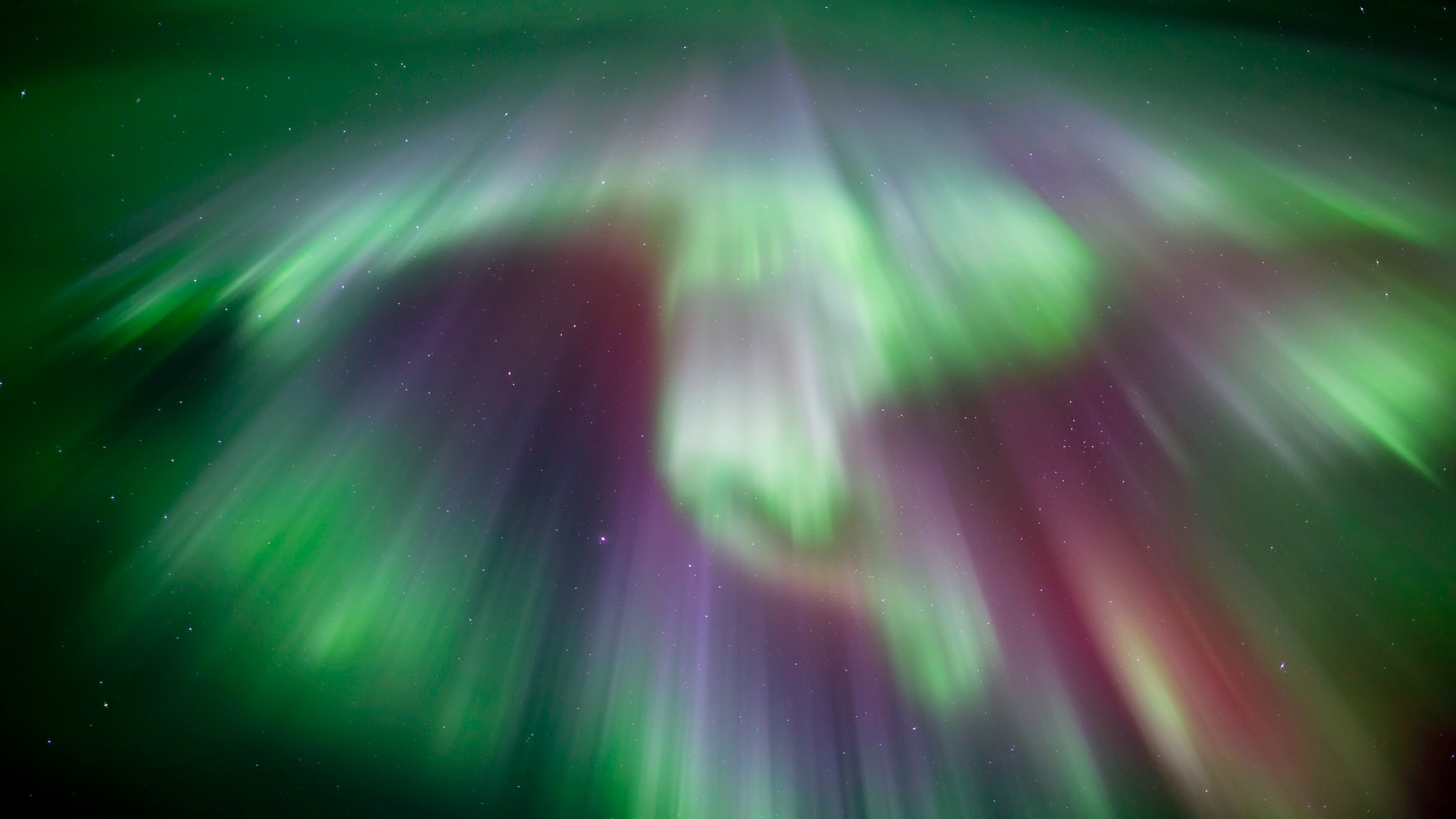
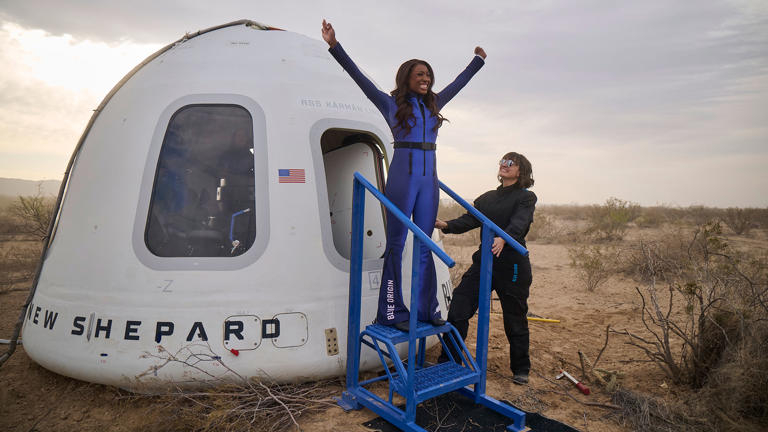

































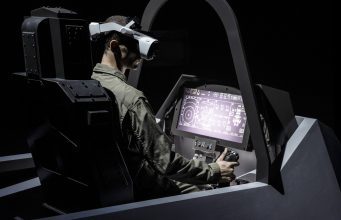


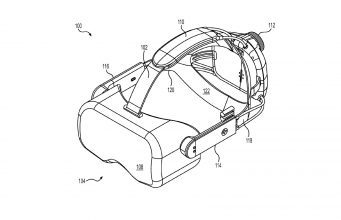



![The breaking news round-up: Decagear launches today, Pimax announces new headsets, and more! [APRIL FOOL’S]](https://i0.wp.com/skarredghost.com/wp-content/uploads/2025/03/lawk_glasses_handson.jpg?fit=1366%2C1025&ssl=1)



